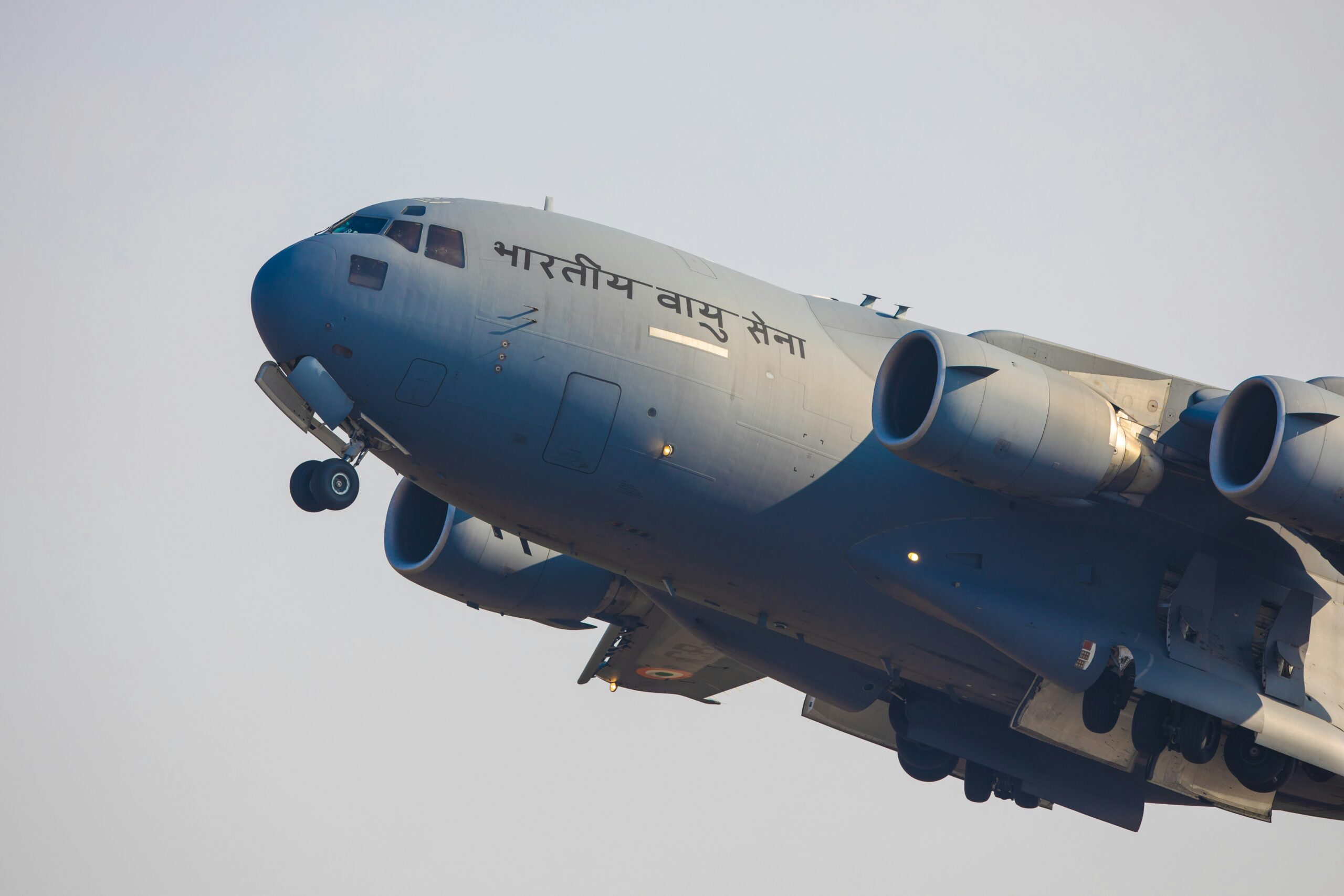Flight performance metrics are essential parameters used to evaluate the efficiency, safety, and overall effectiveness of aircraft during flight operations. These metrics help aviation professionals and engineers to assess the performance of a specific aircraft model, identify potential areas for improvement, and ensure compliance with industry standards. Key flight performance metrics include but are not limited to:
1. Fuel Efficiency: This metric measures the amount of fuel consumed by an aircraft during a particular flight. It is crucial for airlines and operators to track fuel efficiency to minimize costs and reduce environmental impact.
2. Speed and Range: These metrics encompass the maximum speed and distance an aircraft can cover while maintaining optimal performance. They are vital for determining the aircraft’s capability to reach its destination within a specified time frame.
3. Altitude Performance: Understanding how an aircraft performs at different altitudes is critical for ensuring safe and efficient flight operations, especially when flying through varying weather conditions and terrain.
4. Payload Capacity: This metric quantifies the maximum weight an aircraft can carry, including passengers, cargo, and fuel. It is crucial for airlines and freight operators to optimize their payload capacity to maximize revenue and operational efficiency.
5. Environmental Impact: Measuring the aircraft’s emissions, noise levels, and overall environmental impact is essential for ensuring compliance with environmental regulations and promoting sustainable aviation practices.
By analyzing these flight performance metrics, aviation professionals can make informed decisions regarding aircraft selection, flight planning, and operational strategies. This ultimately leads to improved safety, reduced operating costs, and enhanced customer satisfaction within the aviation industry.



